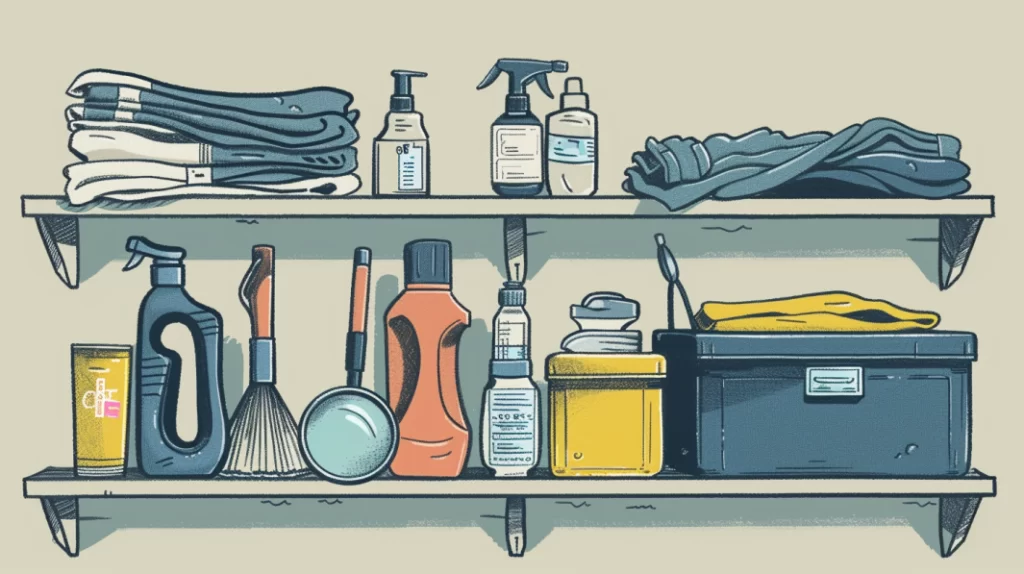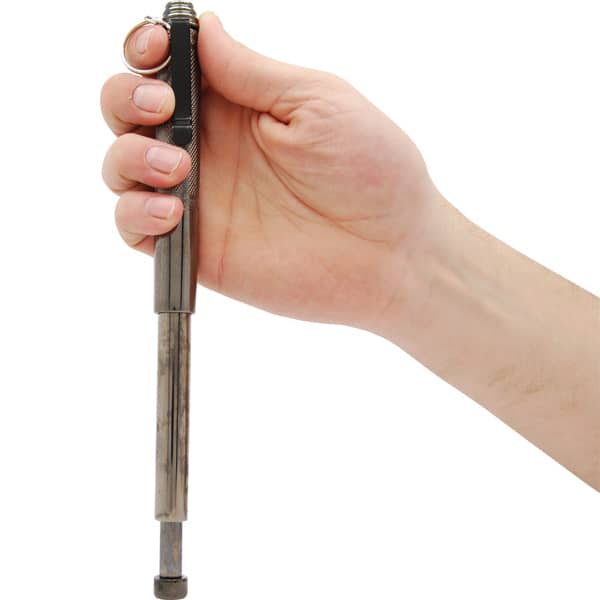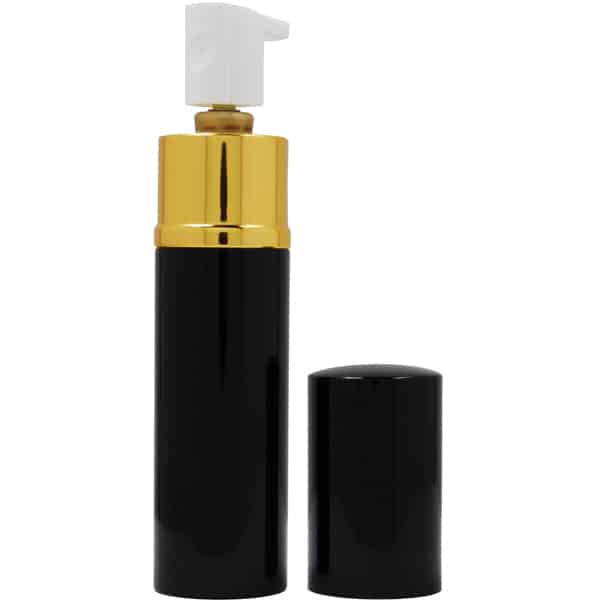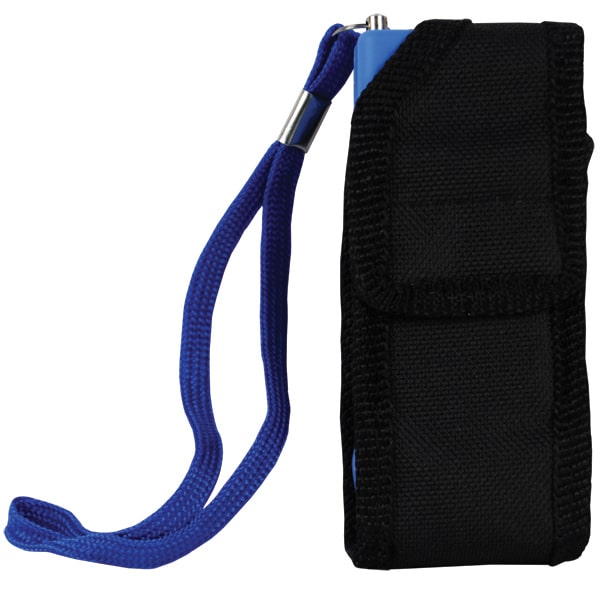
To keep your non-lethal self-defense tools in top condition, make sure to follow key maintenance and storage guidelines.
Regularly check your pepper sprays and stun guns for any signs of wear or damage. Ensure mechanisms like spray nozzles and friction locks work smoothly without obstructions.
Clean and test your tools often to verify that they function as expected. Store them in safes or lockboxes in a climate-controlled environment to prevent rust and wear.
Remember to follow the manufacturer’s maintenance instructions to maximize reliability. There’s more to explore that could help you refine your maintenance plan even further.
To defend yourself effectively, it’s important to understand how non-lethal tools like pepper spray, telescopic batons, and stun guns work. These devices are designed to temporarily incapacitate an attacker, giving you a chance to escape without causing lasting harm. Pepper spray, a common choice, uses capsaicin to cause intense irritation in the eyes and respiratory system, temporarily disabling the assailant.

On the other hand, stun guns deliver a high-voltage, low-amperage electric shock. This shock affects the attacker’s muscular system, momentarily seizing control over their muscle function and causing immobilization. Unlike pepper spray, which creates a physical barrier of pain and sensory overload, stun guns have a direct physical impact on the body’s electrical system.
Understanding these differences is crucial for choosing the right tool for your needs and deploying it effectively in a crisis. Remember, the effectiveness of these tools depends on your ability to use them correctly. Misusing them can result in ineffective defense or unintended harm, so proper training and knowledge are essential for your personal safety strategy.
When you want your non-lethal tools to work effectively, it’s not just about understanding how they function. You need to regularly check their condition to ensure they’ll work when you need them most. Start by inspecting your tools for any signs of wear, rust, or damage. Identifying these issues early is crucial to keep your tools working well. Check the grips, triggers, and other mechanisms for any loose parts, wear and tear on the coating, or malfunctions.

When you’re in a stressful situation, the last thing you want is for something to fail, right? So, check for loose parts because they can cause problems. For instance, make sure the prongs on your stun gun aren’t loose. Loose prongs on a stun gun can be risky because they might not touch the target correctly, which could lead to a weak or failed shock.
When inspecting your tools, make sure to check for any debris or obstructions that could get in the way. Even small obstacles can stop your tools from working properly. For example, if the nozzle of your pepper spray is clogged, it can be very dangerous because it might stop you from using it when you need it for self-defense. In a stressful situation, a clog can cause delays or make the pepper spray fail completely, which could put you at risk of harm.
Wear and tear to a rubber coating on a self-defense tool can compromise its effectiveness as the rubber provides grip and control during use. Additionally, the exposed surface underneath the worn rubber may cause discomfort or injury to the user’s hand during impact.
Store your tools in a cool, dry place to prevent rust or corrosion. Check your tools for any signs of rust. Rust on a telescopic steel baton can weaken its structure, making it more likely to break or fail when needed. Rust can also make it harder for the baton to extend and retract smoothly, reducing its effectiveness in self-defense situations.
If you see any rust, try cleaning it gently with a rust remover made for your tool’s material. Afterward, apply a light coat of oil to protect it. Some metal diversion safe models can also be prone to rust.
Don’t wait until you have an emergency to discover your tool isn’t working. Test your tools regularly to ensure they are working properly. Practice deploying and activating them to ensure they work correctly every time. This will help you familiarize yourself with their work and show you if any problems need fixing. If a tool does not work during testing, check the manufacturer’s guidelines or get professional help to fix it.

Regularly clean and properly care for your non-lethal self-defense tools to ensure they remain effective and ready to use. Remember to often clean tools like pepper spray to prevent any buildup affecting their functionality. It’s best to use mild soap, water, and a cotton swab to clean the exterior; avoid harsh chemicals as they can damage these sensitive devices.
Always inspect your tools for any signs of damage or wear. If you notice anything concerning, address it promptly to maintain the effectiveness of your device in critical situations. This regular check-up complements the cleaning process and helps preserve the overall condition of your self-defense tools.
Follow the manufacturer’s guidelines when cleaning and maintaining your tools. These guidelines are specifically designed to help you keep your tools in top condition without inadvertently causing damage. This advice is especially crucial for complex devices like stun guns, where improper handling can significantly impact their performance.
Keep your non-lethal self-defense tools in specially designed safes or lockboxes to ensure they are secure and inaccessible to unauthorized users. These storage solutions are designed to prevent children or untrained individuals from accessing potentially dangerous items. Selecting a storage option that fits your tools’ specific needs and sizes is important, ensuring a snug and secure fit.

Consider choosing climate-controlled environments if your storage options allow. This is especially important for tools with metal components that are prone to rust or corrosion. Maintaining control over temperature and humidity levels helps preserve the integrity and functionality of your tools over time.
Storing stun guns in their provided nylon holster can help protect them in several ways. When not in use, it also helps prevent dirt and debris from accumulating on the device, ensuring that it remains in optimal working condition when needed. Storing a stun gun in its provided nylon holster is a simple yet effective way to protect the device and ensure its longevity.
Make it a habit to regularly check your storage area to ensure it is always secure and free from environmental hazards or potential breaches. This proactive approach keeps your tools safe and ensures they are ready for use whenever needed, promoting your safety and peace of mind.
Overcharging your stun gun can damage the battery and reduce its lifespan. It is important to follow the manufacturer’s guidelines on charging times.
Yes, pepper spray does expire. Most pepper spray products have an expiration date listed on the canister, typically between 2 to 4 years from the date of manufacture. It is important to replace expired pepper spray to ensure its effectiveness in emergency situations.
To prevent burnout, follow the manufacturer’s guidelines for usage, avoid excessive or prolonged use, and regularly check the condition of your stun gun for any signs of wear or damage.
Pepper Spray Wholesale provides non-lethal self defense products and hidden cameras for you, your loved ones and your home. If you have any questions about the products, do not hesitate to Contact Us. Stay Safe!
Pepper Spray Wholesale
1867 Caravan Trail
Ste 105
Jacksonville, FL 32216
Call us toll free: (800) 859-5566